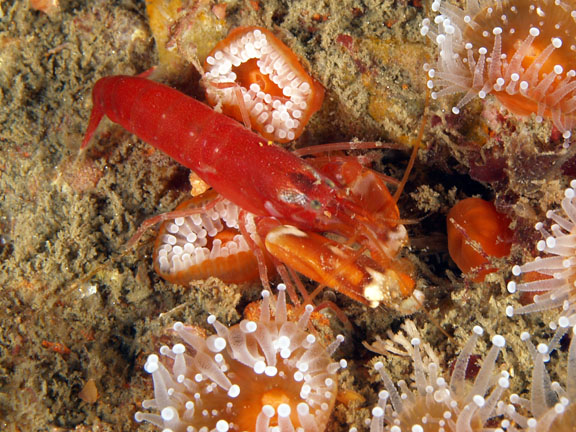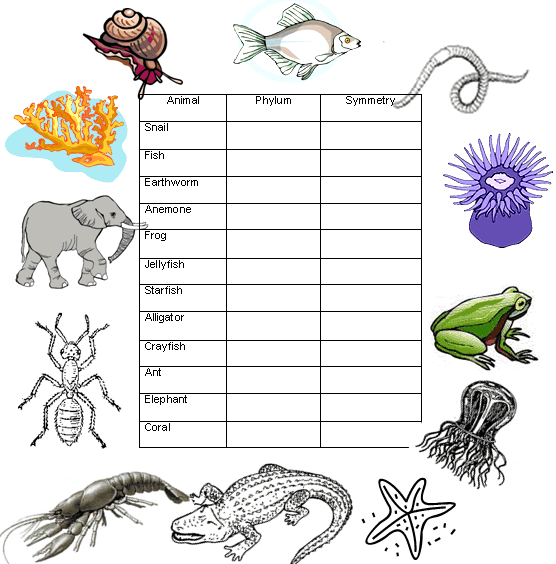Difference between Phylum and Class

Living organisms are classified into different groups on the basis of their morphological (external), molecular, and chemical similarities. There are eight major taxonomical ranks for the biological classification of animals, plants and microbes, namely domain, kingdom, phylum, class, order, family, genus and species. Domain is the largest rank, while species represent the smallest rank in this hierarchical classification. In between domain and species, lie phylum and class.
In taxonomical classification, phylum is a higher rank as compared to class, and usually contains two or more classes of similar organisms. Also, the number of species in a phylum is much higher than the number of species in a class – this naturally means that a class is more specific than a phylum.
In the taxonomical rankings, class is ranked between phylum and order, whereas phylum is ranked between kingdom and class. Furthermore, the probability of describing a class is higher than that of a phylum. The phylum of an organism can be described on the basis of its class, but the reciprocal is not possible. Determining the class of a newly found living organism is very difficult as compared to determining the phylum.
The number of phyla described is smaller than the number of classes described. Furthermore, the number of extinct phyla is much less than the number of extinct classes. In relation to this, the extinction probability of a phylum is smaller than the extinction probability of a class.
Instructions
-
1
Class
Class is a lower level of taxonomical classification which includes several species of living organisms exhibiting almost similar traits. It is the 4th rank of biological classification. A class usually contains one or more orders, but there is no hard and fast rule that a taxonomist needs to follow when describing a class. A class can contain hundreds and thousands of species; for example, Class Insecta comprises about 1.8 million species of insects - this makes about 20 percent of all living species of insects.
Image courtesy: latenitelabs.com
-
2
Phylum
Phylum is the third highest taxonomical rank of the biological classification of living organisms, which contains one or more classes. There are about 86 phyla described, including 35 animal phyla, 29 bacteria phyla, 11 plant phyla, 6 fungi phyla and 5 archaeal phyla. Angiospermae is the largest phylum of plants, while Phylum Arthropoda is the largest group for animals.
Image courtesy: phyla.usegrid.ne







